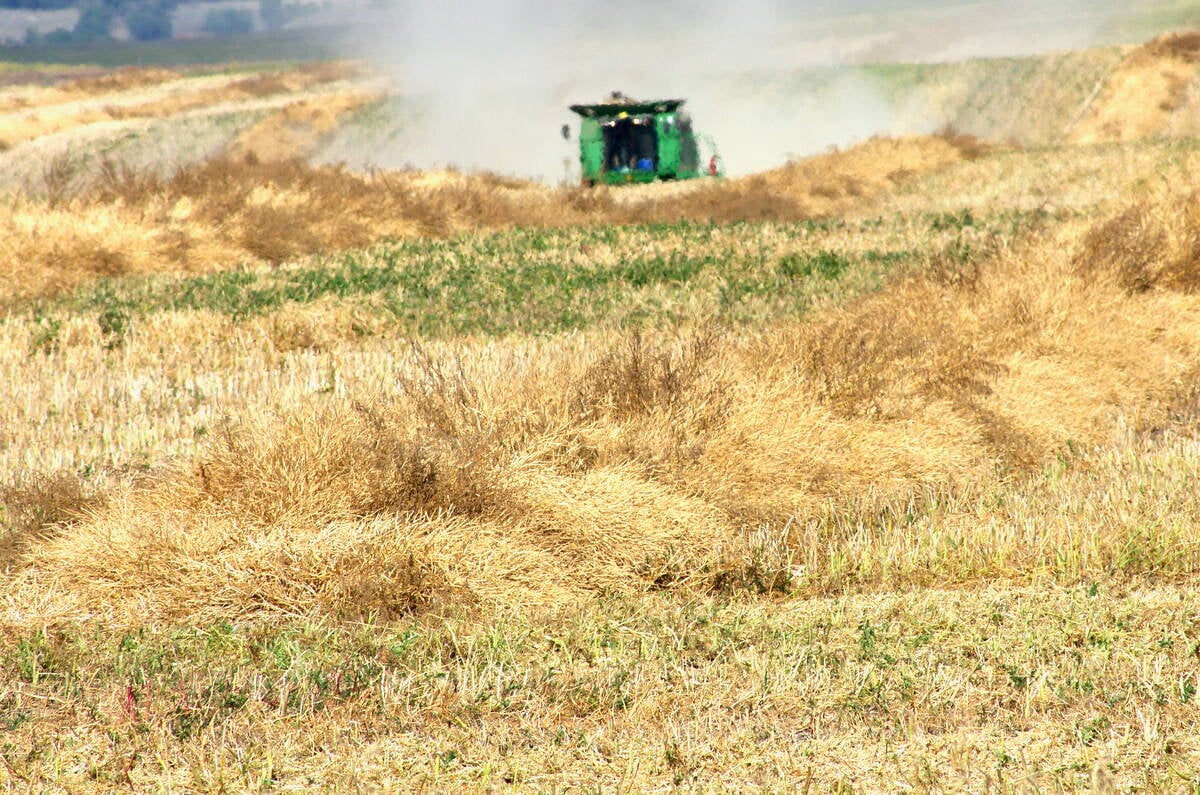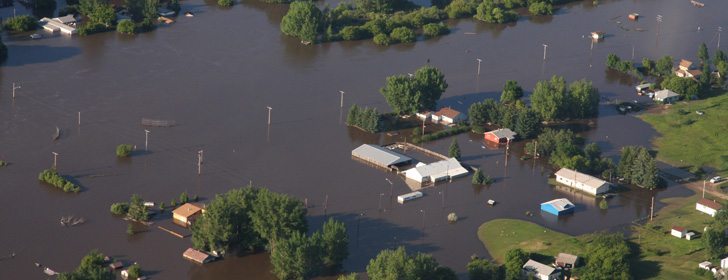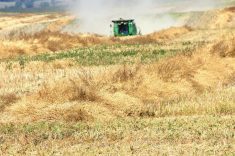CHICAGO — Farmers can expect a continued trend toward wetter and warmer growing seasons and more weather volatility in the years ahead, according to two American weather experts.
“If you’re going to be farming in the future, your experience with weather and climate are going to be different than anybody who has been farming the last 30 to 40 years,” said Charlie Walthall, national program leader for climate change at the U.S. Department of Agriculture’s Agricultural Research Service.
Climate change is real and having a profound effect on farming in the 21st century, added Dennis Todey, president of the American Association of State Climatologists.
Read Also

Manitoba searches for Plan B on canola oil exports
A new report explores Manitoba’s current canola oil trade and possible alternative markets to the U.S.
“Everybody is increasing in precipitation,” he said during DTN’s Ag Summit in Chicago.
The increased moisture trend is particularly pronounced in the U.S. Midwest, where farmers are seeing more spring and summer precipitation.
“More of it is occurring in heavier rainfall events, which from a production standpoint is really not a good thing. More soil erosion, more soil loss,” said Todey.
“The amount of runoff is astronomical with some of these major events.”
Farmers are experiencing wetter falls, which is creating harvest headaches in the Dakotas and Minnesota.
Fall precipitation has increased 20 to 60 percent in the eastern Dakotas over the last 20 years compared to the previous 30 years.
Walthall said the wet pattern doesn’t extend into the winter months.
“Overall, we’re seeing a decreased amount of snowfall. That has massive implications for water supply, especially in the west. It has massive implications for soil temperature.”
Decreased snowfall combined with early snow melt is stressing the high altitude reservoirs that supply water to farmers downstream.
There is also a trend toward higher temperatures, which is more pronounced in the northern parts of North America.
“We’re warming in a way that most people don’t think of,” said Todey.
“In the upper Midwest, it is extremely clear we’re warming during the winter time.”
It’s a different story in the summer. Daytime highs are flat or slightly decreasing while overnight temperatures are on the rise.
The dew point is increasing, which means more moisture in the air. That is contributing to higher nighttime temperatures and increased disease pressure in crops.
Walthall said soil moisture is depleting despite increased growing season precipitation because the rain is coming fast and furious rather than in slow and gentle two-day events that help recharge soil moisture.
This new pattern is affecting crop yields, as is the soil erosion that accompanies heavy downfalls.
Walthall is particularly concerned about how changes in temperature and precipitation are changing the habitat for viruses, bacteria, insects and pathogens.
For example, poison ivy is a lot more irritating than it was in the 1950s. Chemicals in the plant have become so concentrated that people now need be only near the plant to have a reaction.
“That’s a visible byproduct of what’s going on,” he said.
Crops are not being bred to take advantage of the additional carbon dioxide in the air, but weeds are thriving under those conditions.
One of Walthall’s researchers recently conducted a herbicide effectiveness experiment where weeds were grown in one chamber using today’s carbon dioxide levels and in another chamber using levels expected by 2050.
The weeds in the simulated 2050 chamber required four times as much herbicide to control them.
“My concern is this is going to impact the cost of farming,” he said.
Invasive weed species are already on the rise, leading to an increase in rangeland fires because they’re a good fuel source.
Todey said farmers of the future can expect increased weather volatility, where a day with record high temperatures is followed by a day with record lows or a year of drought is followed by a year of flooding.
There will be stronger winds and more tornadoes and hailstorms.
In general, farming is going to be a riskier proposition than it is today.
One of the potential upsides to global warming is the lengthening of the growing season. The date of the first fall frost has moved back one to three days per decade in the U.S. corn belt.
Todey said that could eventually allow for double cropping in the warmer areas of that region.
















